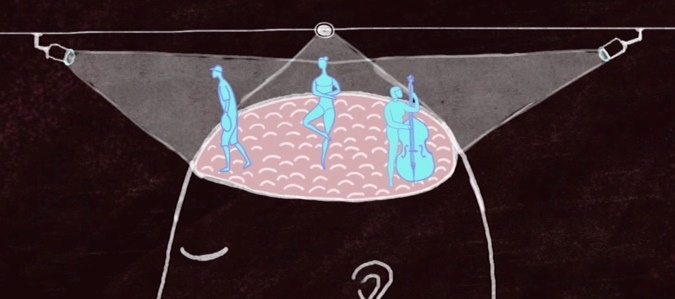Practice is not only a physical activity but also hard mental work — if you are doing it right. We have previously shared some articles relating to Reps vs Practice and Reps ≠ Practice.
Annie Bosler and Don Greene define effective practice as “consistent, intensely focused and targeting content or weaknesses that lie at the edge of one’s current abilities”. In this new video recently published by TED Ed, they showed us what good practice looks like and what it does to one’s brain.
Here are some of the tips:
- “Start out slowly, or in slow motion. Coordination is built with repetitions.” Get it right at a slow pace and then work on increasing your speed while still maintain the same movements.
- “Frequent repetition with allotted breaks are common practice habits of elite performers.” Do what many elite performers do: split practice time into smaller, super-concentrated chunks, working multiple times a day.
- “Practice in your brain, in vivid detail.” Visualize practicing a drill or a technique without actually doing it. Imagine what it feels like with each strike and every step of the way.
These tips are not necessarily new, but the scientific researches are helpful in understanding why and how it works is inspiring. Now you know how it works.
Reproduced under fair-use and with credit
